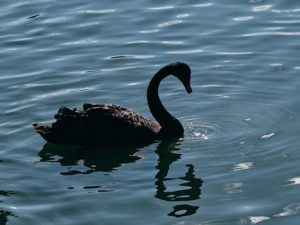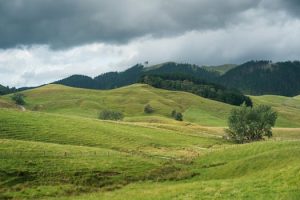Wildlife sanctuaries where conservation comes first
In a world where human interference and destruction have threatened the survival of numerous species, wildlife sanctuaries have become critical in preserving our planet’s rich biodiversity. These sanctuaries are not only havens for endangered animals, but they also serve as a reminder of the importance of conservation. While there are many wildlife sanctuaries around the world, there are some that stand out for their unwavering commitment to conservation. In this article, we will explore some of the top wildlife sanctuaries where conservation comes first.
The Maasai Mara National Reserve – Kenya
Located in the Great Rift Valley of Kenya, the Maasai Mara National Reserve is one of the most famous wildlife sanctuaries in the world. It is home to the world-renowned annual wildebeest migration, where millions of wildebeests, zebras, and gazelles cross over from the neighboring Serengeti National Park in Tanzania.
Aside from its abundance of wildlife, the Maasai Mara National Reserve also stands out for its sustainable tourism practices. The reserve has strict rules in place to protect the environment and minimize the impact of tourism on the wildlife. Additionally, the Maasai people, who are the traditional inhabitants of the area, have been actively involved in the conservation efforts, making it a true community-led initiative.
The Galapagos Islands National Park – Ecuador
The Galapagos Islands, located off the coast of Ecuador, is a UNESCO World Heritage Site and is known for its unique and diverse wildlife. The Galapagos Islands National Park was established in 1959 to protect the islands’ fragile ecosystem and is one of the most well-managed wildlife sanctuaries in the world.
The park has strict rules in place to protect the native flora and fauna, including limiting the number of visitors and banning the introduction of non-native species. In addition to conservation efforts, the park also conducts research and educational programs to raise awareness about the importance of environmental conservation.
The Wolong National Nature Reserve – China
Established in 1963, the Wolong National Nature Reserve is one of the oldest and largest giant panda reserves in China. It spans over 200,000 hectares and is home to around 30% of the world’s wild giant panda population.
Aside from its efforts in protecting the endangered giant pandas, the reserve also focuses on preserving the biodiversity of the region. It has strict regulations in place for activities such as logging and farming to ensure minimal impact on the environment. The reserve also conducts scientific research and has successfully bred and released captive pandas back into the wild, contributing to the conservation efforts.
The Great Barrier Reef Marine Park – Australia
The Great Barrier Reef, located in the Coral Sea off the coast of Australia, is the largest coral reef system in the world and is home to a stunning array of marine life. The Great Barrier Reef Marine Park was established in 1975 to protect this important ecosystem from threats such as climate change, overfishing, and pollution.
The park has a zoning system in place, with different areas having varying levels of protection to ensure the sustainability of the reef. It also partners with local communities and organizations to raise awareness and promote sustainable practices. The Great Barrier Reef Marine Park serves as a model for effective marine conservation and is a testament to the importance of preserving our oceans.
The Conclusion
Wildlife sanctuaries play a critical role in protecting our planet’s biodiversity and promoting environmental conservation. The Maasai Mara National Reserve, the Galapagos Islands National Park, the Wolong National Nature Reserve, and the Great Barrier Reef Marine Park are just a few examples of wildlife sanctuaries where conservation comes first. These sanctuaries serve as a reminder that we must all do our part in protecting our planet’s precious wildlife and natural habitats.
It is heartening to see that these wildlife sanctuaries are not just focused on preserving the environment, but they also involve local communities and conduct research and educational programs. These efforts ensure that these sanctuaries will continue to thrive and remain havens for endangered species for generations to come. Let us all remember the importance of conservation and do our part in preserving our planet’s rich biodiversity.









